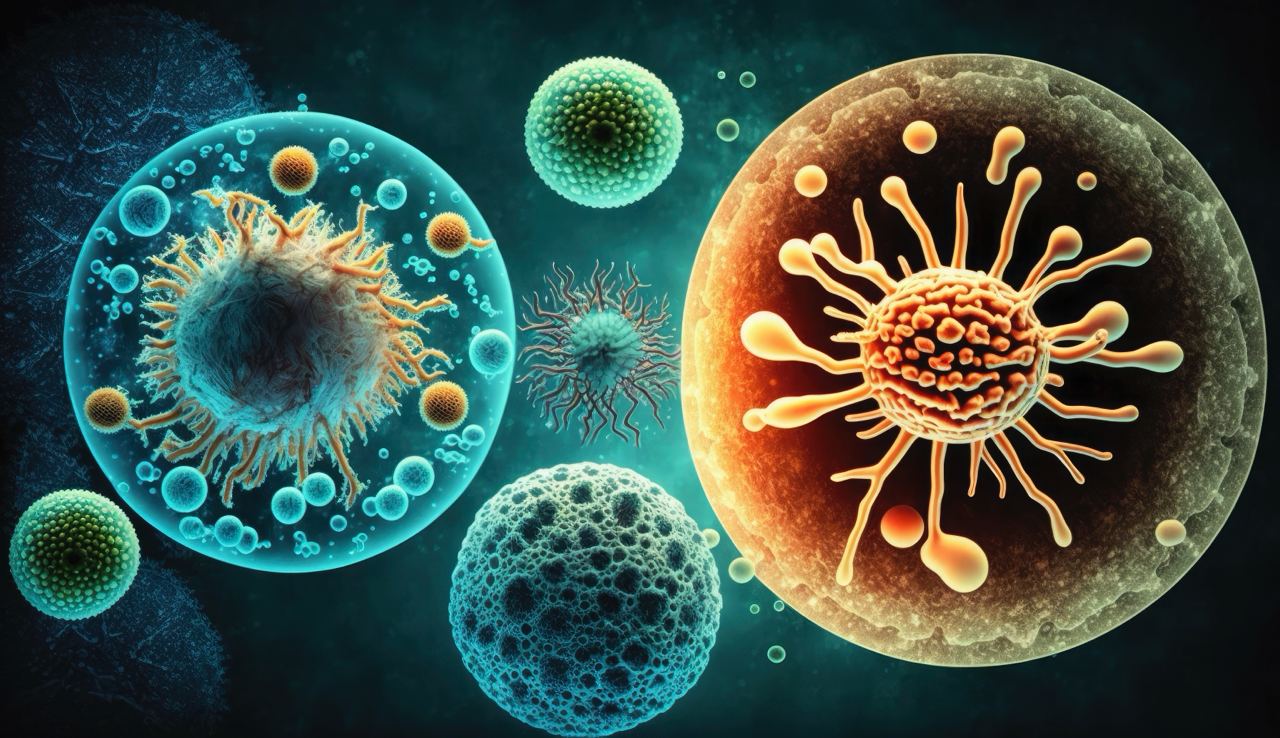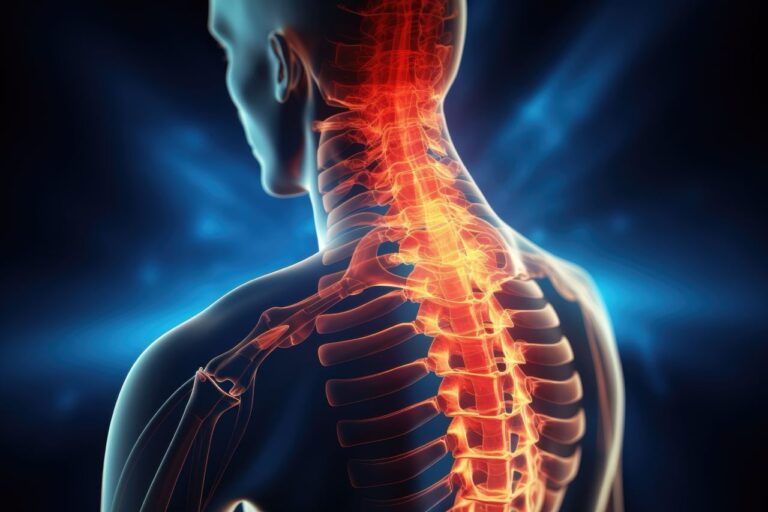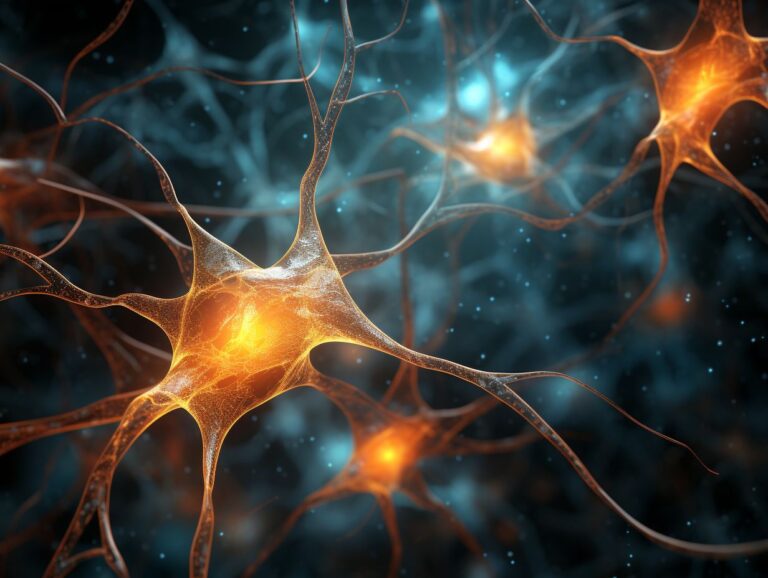Harmony in the Microcosm: Exploring GLP-1 Agonists and Gut Microbiota in Unraveling the Gut-Brain Connection
In the intricate symphony of the human body, the gut microbiota plays a crucial role, influencing everything from digestion to immunity. Within this microcosm, a fascinating interplay has emerged with the introduction of GLP-1 agonists, medications initially designed for diabetes management. The connection between GLP-1 agonists and gut microbiota unveils a new movement in the symphony of metabolic health, inviting us to explore the harmonious dance of these elements in unraveling the gut-brain connection.
The overture introduces us to the protagonists – GLP-1 agonists and the vast community of microorganisms residing in the gastrointestinal tract. GLP-1 agonists, designed to mimic the action of the natural hormone GLP-1, hold the spotlight for their role in regulating insulin secretion and glucose metabolism. On the other side of the stage, the gut microbiota, a diverse ecosystem of bacteria, fungi, and viruses, exerts its influence on various physiological processes. As the first movement unfolds, research suggests that GLP-1 agonists may have a direct impact on the composition of gut microbiota. These medications, in their intricate choreography, may influence the abundance and diversity of microbial species, potentially creating an environment that supports metabolic health.
The central theme of the symphony is the gut-brain axis – a bidirectional communication pathway between the gut and the brain. GLP-1 agonists, with their potential to influence gut microbiota, become integral players in this complex exchange. The gut, often referred to as the “second brain,” communicates with the central nervous system, influencing not only digestion but also mood, appetite, and overall metabolic function.
As the symphony reaches its crescendo, the interplay between GLP-1 agonists and gut microbiota holds significant implications for metabolic health. Research suggests that a balanced and diverse gut microbiota is associated with improved insulin sensitivity, reduced inflammation, and better metabolic outcomes. The influence of GLP-1 agonists on shaping this microbial landscape adds a novel dimension to their potential benefits.
In the real-world movement of patient experiences, anecdotes become valuable notes in the symphony. Individuals using GLP-1 agonists may find variations in their gut microbiota and experience changes in digestive patterns. These real-world observations add depth to our understanding of the intricate dance between medication and microbiota. As the final notes echo, the collaboration between GLP-1 agonists and gut microbiota holds promise for personalized metabolic harmony. Understanding the gut-brain connection provides insights into how these medications may exert their effects beyond glucose regulation, influencing overall metabolic well-being.
In conclusion, the exploration of GLP-1 agonists and gut microbiota unveils a captivating movement in the symphony of metabolic health. The harmonious dance between these elements adds complexity to our understanding of how these medications shape the intricate interplay between the gut and the brain. As we unravel the gut-brain connection, we open new avenues for personalized approaches to metabolic health, envisioning a future where the symphony plays in harmonious balance.







